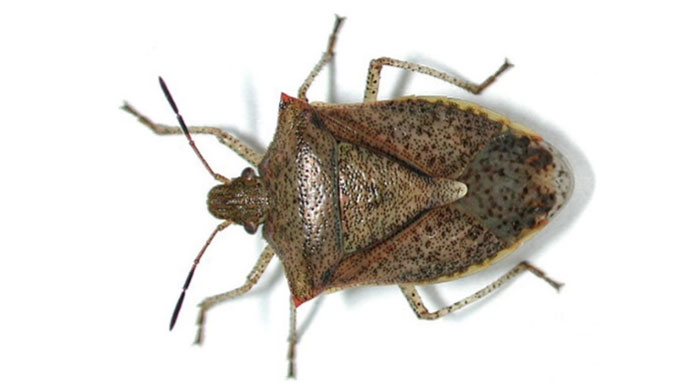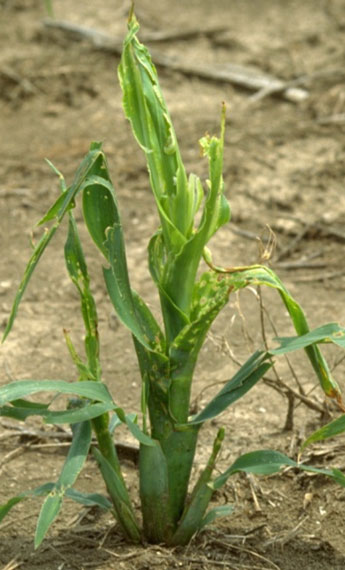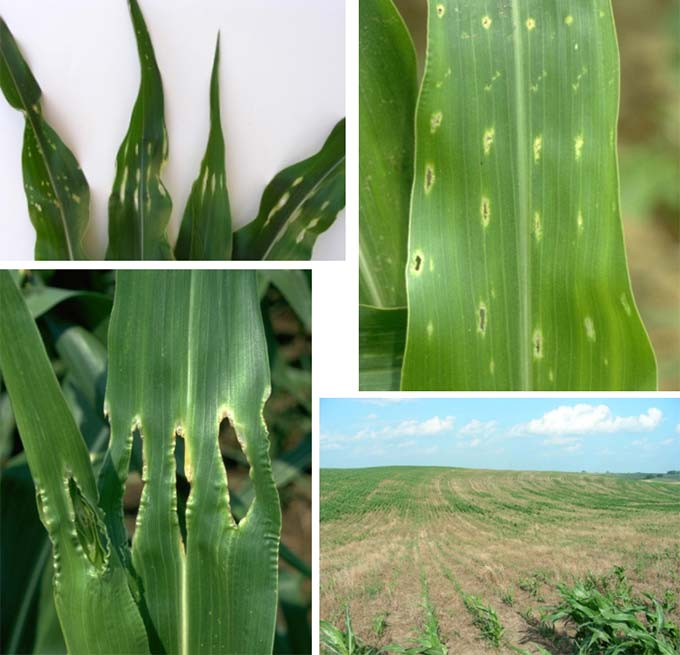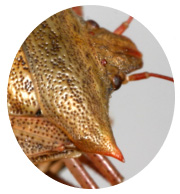Something went wrong. Please try again later...
Key Points
- Brown stink bugs can be found nearly everywhere in North America.
- Brown stink bug injury to corn occurs primarily during the early vegetative stages.
- Plants with injured stalks or growing points may be stunted, tiller, or may die and significant stand loss can occur under heavy infestation.
- No-till corn planted into heavy cover, such as winter wheat straw, heavy winter annual weeds, or a cover crop has a higher risk of brown stink bug damage.
The foregoing is provided for informational use only. Please contact your Pioneer sales professional for information and suggestions specific to your operation. Product performance is variable and depends on many factors such as moisture and heat stress, soil type, management practices and environmental stress as well as disease and pest pressures. Individual results may vary. Pioneer® brand products are provided subject to the terms and conditions of purchase which are part of the labeling and purchase documents.





